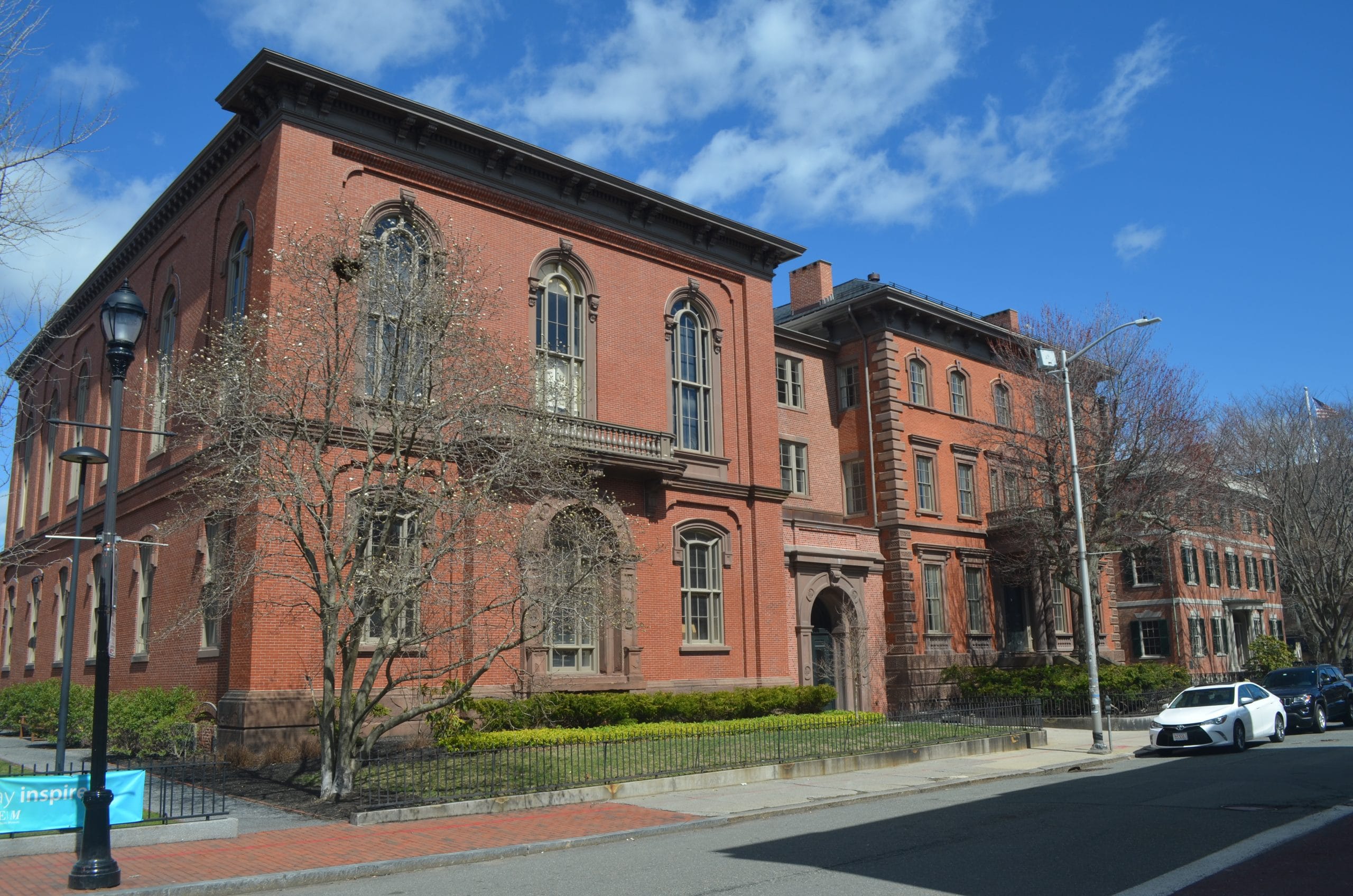The City of Salem is rooted in Early American history, and maintains an active presence in the preservation of his historical resources. Today, Salem boasts more than 4,000 buildings documented on historic inventory forms, over 1,000 buildings listed on the National Register of Historic Places located throughout its four historic districts. Over time, it is becoming increasingly difficult to manage upgrades, renovations, and exterior changes without a comprehensive guideline distributed by the Salem Historical Commission. Currently, the majority of the existing Guidelines are 35 years old lacking through guidance and limited references to the benefits of sustainability in historic buildings. The Historical Commission relies on these Guidelines for historic district administration in the City’s four local historic districts, which protect more than 600 historic buildings.
The purpose of this project is to update sections of the Guidelines Notebook and make the Guidelines more user-friendly by incorporating graphic presentations and clear illustrative examples. This update is intended to more clearly define and improve procedures and policies relating to decision-making by the Commission and bring predictably to the process by creating review checklists. The project will culminate in updated Guidelines that will serve as the primary resource for the Historical Commission and property owners undertaking reconstruction, rehabilitation or restoration in the historic districts.
The Guidelines will also provide a direction for other municipal development review boards as well as staff engaged in management of municipally-owned historic properties and private owners of historic properties. The goal is for the updated Guidelines to be available in both paper and electronic format that will be accessible at the Department of Planning & Community Development (DPCD), on the Historical Commission’s page of the City’s website and on the City’s historic preservation website, www.preservingsalem.com.






